
Mons: A Hidden Gem in Belgium
Explore Mons, Belgium, a city where history meets modernity, known for its UNESCO sites, vibrant festivals, and rich cultural landscape.
Nestled in the heart of Wallonia, Mons is a city that seamlessly blends history with modernity. Known for its cobblestone streets and stunning architecture, it offers a unique glimpse into Belgium's rich cultural heritage. The Belfry of Mons, a UNESCO World Heritage site, stands tall as a symbol of the city's resilience and beauty. Visitors can climb to the top for a panoramic view that stretches across the picturesque landscape. Mons is also a city of festivals and celebrations. The annual Ducasse de Mons, or Doudou, is a lively event that fills the streets with music, parades, and traditional performances. This centuries-old festival, recognized by UNESCO, showcases the city's vibrant spirit and communal harmony. Another must-visit is the Grand Place, where cafes and restaurants spill out onto the square, offering the perfect spot to enjoy local delicacies like Belgian waffles and craft beers. Art and culture thrive in Mons, with numerous museums and galleries to explore. The BAM (Beaux-Arts Mons) Museum hosts impressive collections and contemporary exhibitions, while the Mundaneum offers an intriguing look at early 20th-century records and data. The city's innovative approach to art is also evident in its street art scene, with murals and installations adding a splash of color to its historic streets.
Local tips in Mons
- Visit the Belfry early in the morning to avoid crowds and enjoy a peaceful view.
- Try the local specialty, 'Montoise' beer, at one of the cafes in the Grand Place.
- Attend the Ducasse de Mons if you visit in May or June to experience local traditions.
- Check out the local markets for fresh produce and unique souvenirs.
- Use the city's public transport to explore nearby attractions like the Neolithic flint mines at Spiennes.
Mons: A Hidden Gem in Belgium
Nestled in the heart of Wallonia, Mons is a city that seamlessly blends history with modernity. Known for its cobblestone streets and stunning architecture, it offers a unique glimpse into Belgium's rich cultural heritage. The Belfry of Mons, a UNESCO World Heritage site, stands tall as a symbol of the city's resilience and beauty. Visitors can climb to the top for a panoramic view that stretches across the picturesque landscape. Mons is also a city of festivals and celebrations. The annual Ducasse de Mons, or Doudou, is a lively event that fills the streets with music, parades, and traditional performances. This centuries-old festival, recognized by UNESCO, showcases the city's vibrant spirit and communal harmony. Another must-visit is the Grand Place, where cafes and restaurants spill out onto the square, offering the perfect spot to enjoy local delicacies like Belgian waffles and craft beers. Art and culture thrive in Mons, with numerous museums and galleries to explore. The BAM (Beaux-Arts Mons) Museum hosts impressive collections and contemporary exhibitions, while the Mundaneum offers an intriguing look at early 20th-century records and data. The city's innovative approach to art is also evident in its street art scene, with murals and installations adding a splash of color to its historic streets.
When is the best time to go to Mons?
Iconic landmarks you can’t miss
Grand-Place de Mons
Experience the historical charm and vibrant market atmosphere of Grand-Place de Mons, a UNESCO World Heritage site in the heart of Belgium.
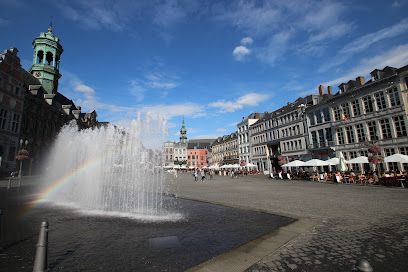
Imagipark
Experience endless fun at Imagipark in Mons, Belgium, with activities like bowling, go-karting, and karaoke for families and thrill-seekers alike.
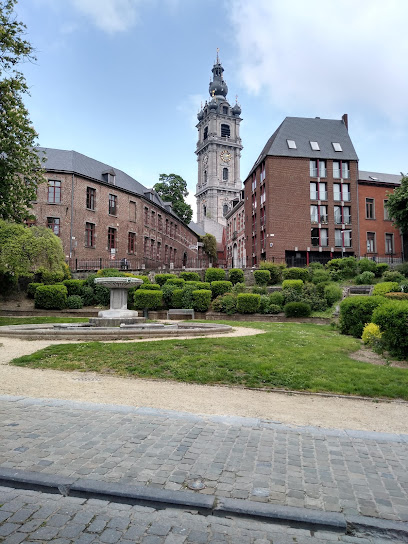
Parc du Waux-Hall
Experience the tranquil beauty of Parc du Waux-Hall, a city park in Mons that perfectly blends nature and culture, inviting relaxation and exploration.
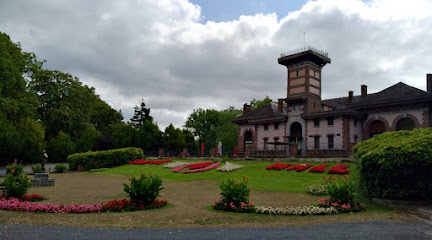
Saint Waltrude Collegiate Church
Explore the stunning architecture and rich history of Saint Waltrude Collegiate Church, a must-visit landmark in Mons, Belgium, reflecting the beauty of Gothic design.
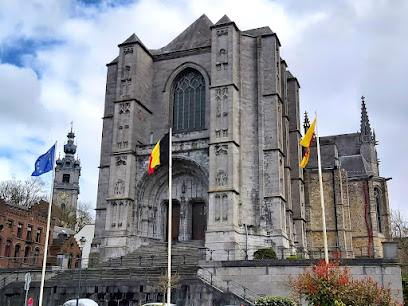
Beaux-Arts Mons
Discover the artistic heart of Mons at Beaux-Arts Mons, a cultural gem showcasing a diverse range of art from Belgium and beyond.
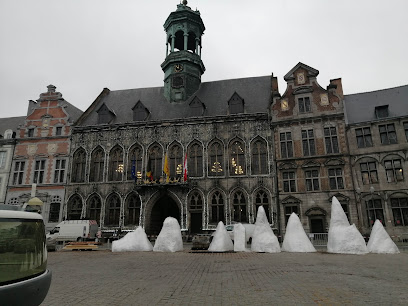
Belfry of Mons
Experience the stunning Belfry of Mons, a UNESCO World Heritage Site, blending rich history and breathtaking views in the heart of Belgium.

Havré Castle
Explore the majestic Havré Castle in Mons, Belgium, a remarkable historical landmark surrounded by beautiful gardens and rich culture.
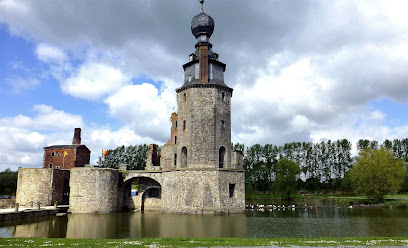
The Grand Hornu
Explore The Grand Hornu, a UNESCO World Heritage site blending rich industrial history with vibrant contemporary art in Boussu, Belgium.
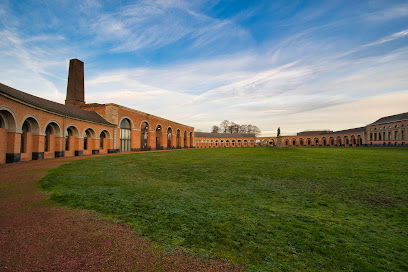
Jardin du Mayeur
Experience tranquility at Jardin du Mayeur, a serene city park in Mons, Belgium, perfect for relaxation and exploration amidst nature's beauty.
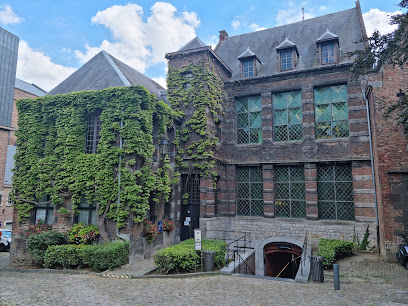
Mons Memorial Museum
Explore the poignant history of Belgium at the Mons Memorial Museum, where stories of valor and sacrifice come to life through immersive exhibits.
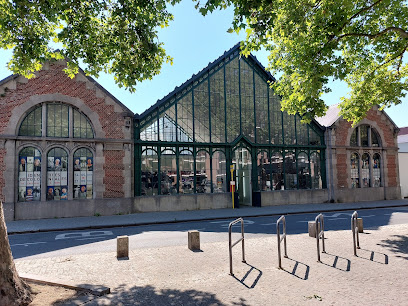
Musée du Doudou
Explore the rich cultural heritage of Mons at the Musée du Doudou, a local history museum dedicated to the vibrant Doudou festival.
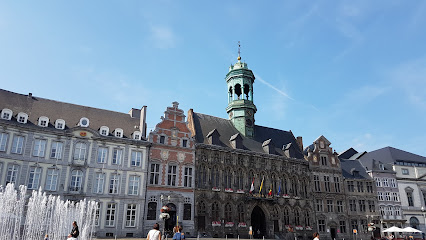
Place du Parc
Discover the tranquil beauty and cultural heart of Mons at Place du Parc, a must-visit city park with stunning landscapes and vibrant community events.
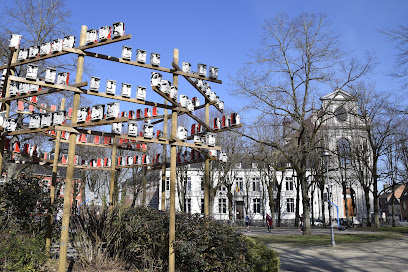
Les amis de l'Abbaye de Saint-Denis-en-Broqueroie
Explore the cultural essence of Mons at Les amis de l'Abbaye de Saint-Denis-en-Broqueroie, where history and art come alive in a vibrant community setting.
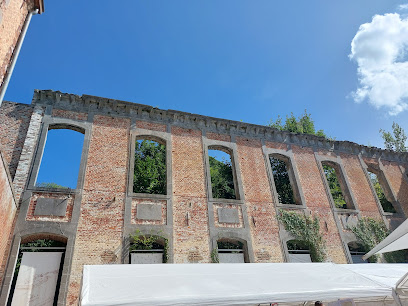
Mundaneum
Explore the Mundaneum in Mons, Belgium, where history and knowledge come together in a captivating museum experience.
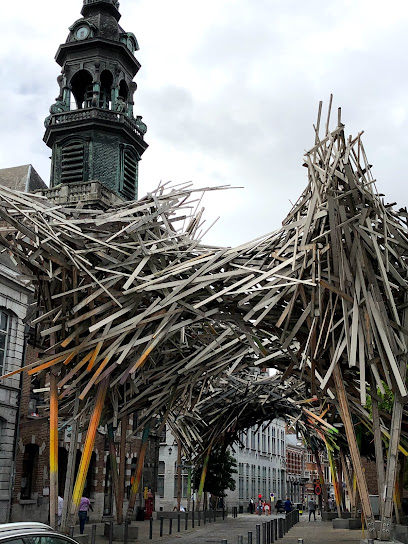
Van Gogh House
Discover the profound artistic journey of Vincent Van Gogh at the enchanting Van Gogh House in Mons, Belgium, a historical museum dedicated to his legacy.
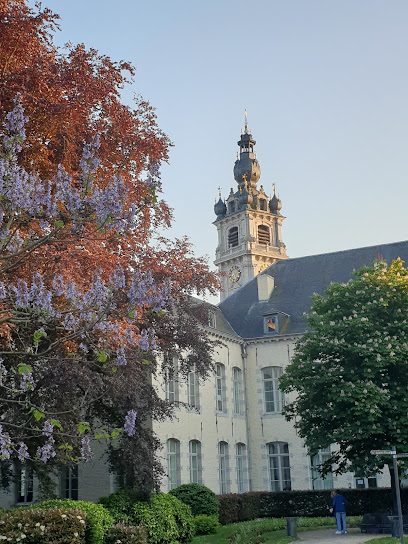
Unmissable attractions to see
Bois de la Cambre
Explore the lush landscapes and tranquil lakes of Bois de la Cambre, a serene park in Brussels perfect for relaxation and leisurely activities.
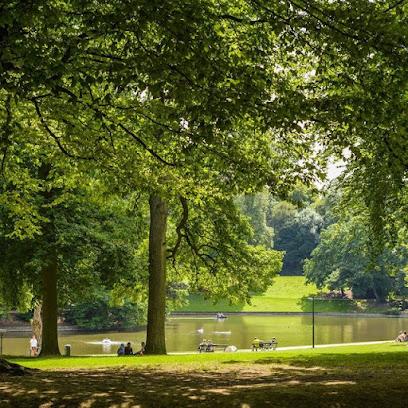
Lion's Mound
Explore the Lion's Mound in Braine-l'Alleud, a historical landmark honoring the Battle of Waterloo with stunning views and rich narratives of bravery.

Horta Museum
Explore the enchanting Horta Museum in Brussels, a masterpiece of Art Nouveau architecture and design by Victor Horta, showcasing his unique artistic vision.
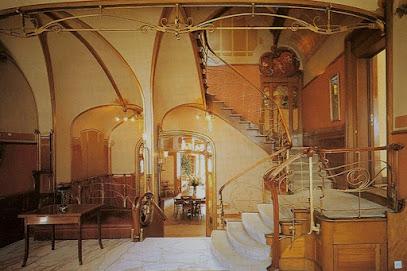
Tenbosch park
Experience the tranquil beauty of Tenbosch Park in Ixelles, a perfect urban oasis for relaxation, picnics, and enjoying nature amidst the city.
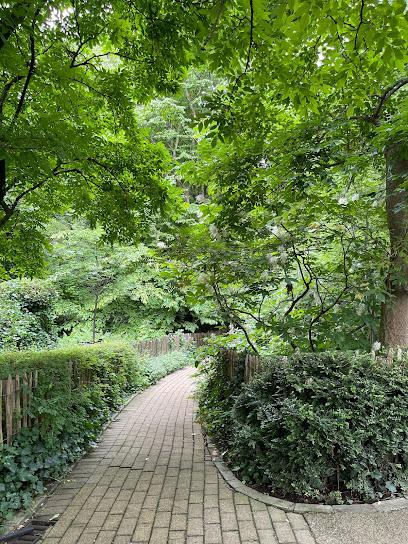
Saint Waltrude Collegiate Church
Discover the architectural wonder of Saint Waltrude Collegiate Church in Mons, Belgium, a UNESCO World Heritage site that blends history and beauty effortlessly.
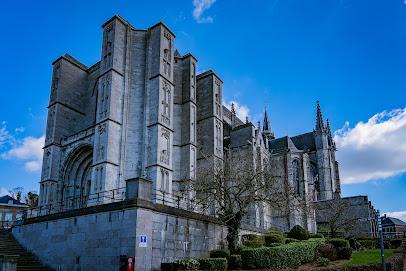
Hallerbos
Explore the serene beauty of Hallerbos, Belgium's enchanting national forest, known for its stunning bluebell blooms and picturesque trails for nature lovers.
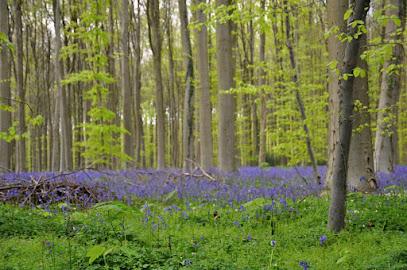
Park Jemappes
Experience the serene beauty of Park Jemappes, a tranquil escape in Jemappes, Belgium, perfect for relaxation, picnics, and family outings amidst nature.
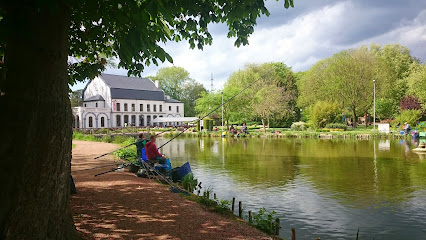
Beaux-Arts Mons
Explore the captivating Beaux-Arts Mons, an art museum in Belgium showcasing stunning European artworks and rich cultural history.
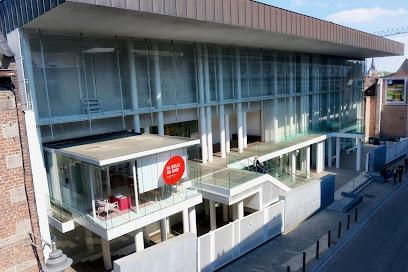
Tour of Flanders
Explore the heritage of Oudenaarde at the Tour of Flanders, a local history museum celebrating the region's culture and its famous cycling race.
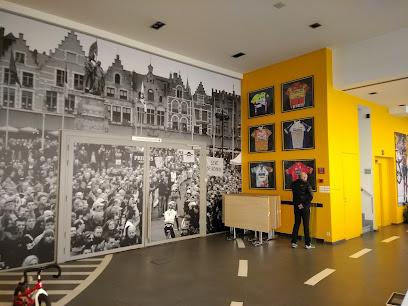
Hougoumont Farm
Explore Hougoumont Farm, a pivotal historical site of the Battle of Waterloo, blending rich history with family-friendly activities in Braine-l'Alleud.
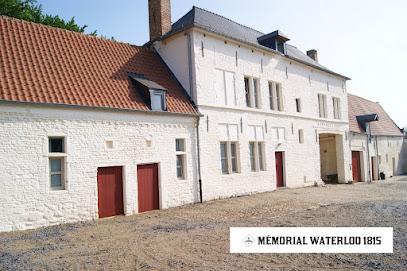
Havré Castle
Discover the historic charm of Havré Castle, a beautiful attraction in Mons, Belgium, showcasing stunning architecture and rich cultural heritage.
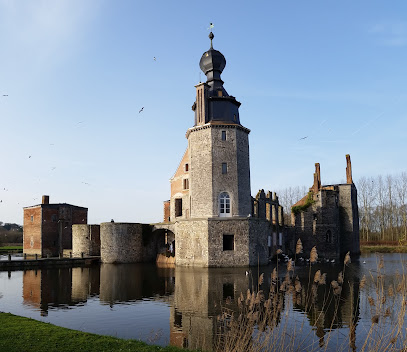
The Grand Hornu
Explore the Grand Hornu, a UNESCO World Heritage site in Belgium, where industrial history meets contemporary art in stunning surroundings.
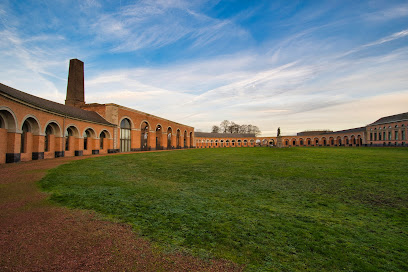
Mons Memorial Museum
Uncover the stories of valor and sacrifice at the Mons Memorial Museum, where history comes alive through engaging exhibits and heartfelt tributes.
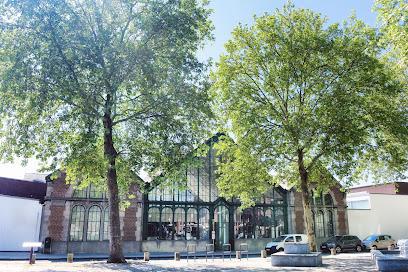
Sonian Forest
Explore Sonian Forest, a UNESCO World Heritage site near Brussels, perfect for hiking, biking, and experiencing rich biodiversity in a serene natural setting.
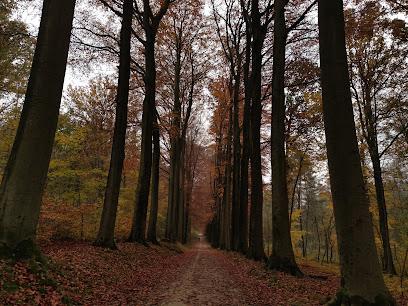
Musée du Doudou
Discover the rich cultural heritage of Mons at Musée du Doudou, where history comes alive through lively exhibits and local traditions.
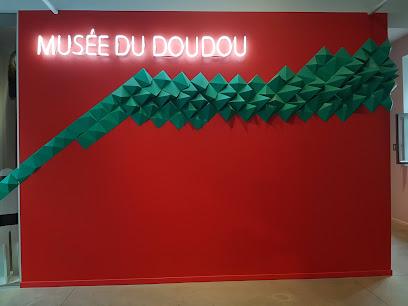
Essential places to dine
Boule de Bleu
Discover Boule de Bleu in Mons – where fresh salads meet local flavors in a cozy dining atmosphere.
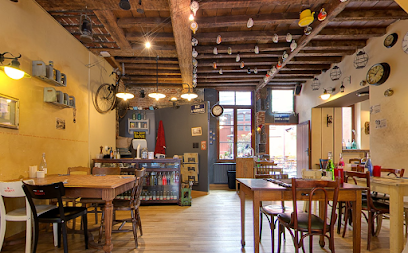
Bella Venezia
Discover authentic Italian cuisine at Bella Venezia in Mons—where every meal is a celebration of flavor and tradition.
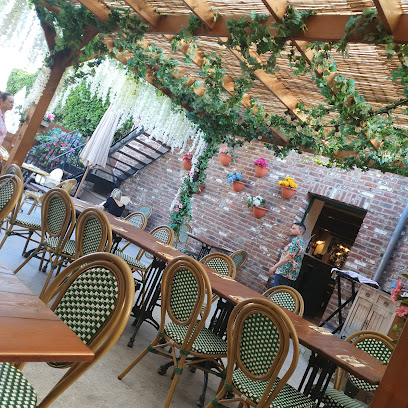
Le Vieux Puits
Experience exquisite French cuisine at Le Vieux Puits in Mons - where tradition meets modern culinary art.
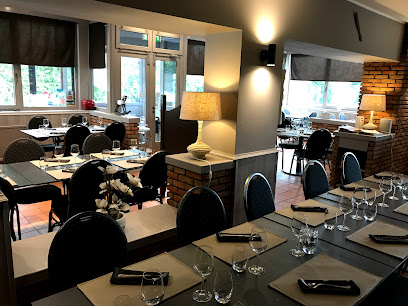
Restaurant Henri
Experience the warmth and flavor of Belgium at Restaurant Henri - where family-friendly dining meets delightful cuisine in the heart of Mons.
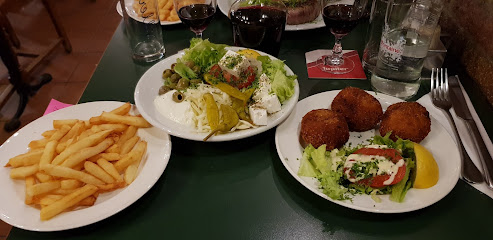
Maxime's
Experience authentic Greek cuisine at Maxime's in Mons—where every meal is a delightful journey through Mediterranean flavors.
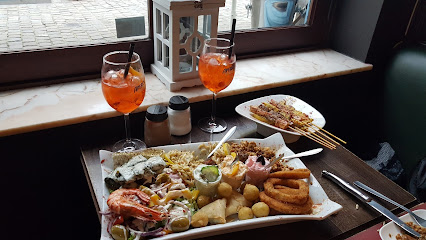
L'Envers
Experience exquisite Belgian cuisine at L'Envers in Mons—a delightful restaurant and brewery blending tradition with modern flair.
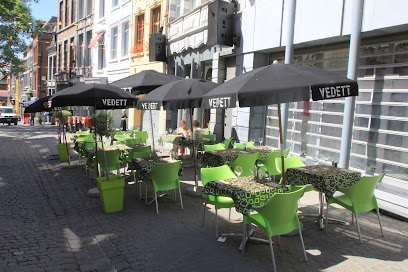
Twenty Buns
Experience gourmet burgers infused with local Belgian flavors at Twenty Buns in Mons - a culinary delight not to be missed!
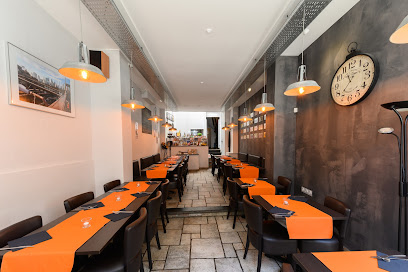
La Table du Boucher
Discover La Table du Boucher in Mons: A French culinary delight blending tradition with modern elegance.
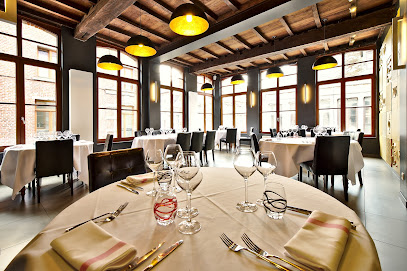
Le Copenhagen
Discover culinary excellence at Le Copenhagen in Mons - where local flavors meet vibrant atmosphere for an unforgettable dining experience.
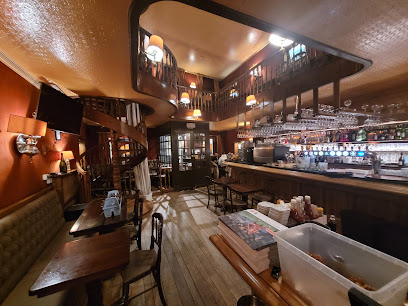
La Vie Est Belle
Experience exquisite Belgian cuisine at La Vie Est Belle in Mons, where every meal is a celebration of local flavors and warm hospitality.
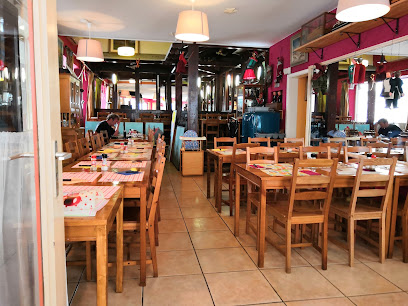
La Fabrique
Discover La Fabrique: A charming brasserie in Mons offering delectable Belgian cuisine in a warm and inviting setting.
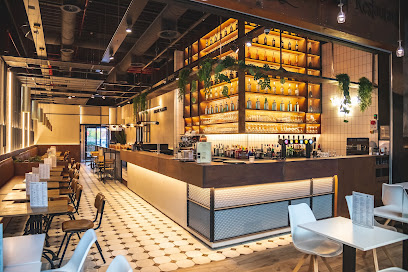
BOEUF & COW MONS
Experience the best of grilled cuisine at Boeuf & Cow Mons – where quality meets flavor in every bite.
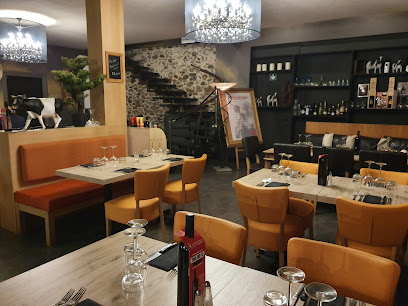
La Cervoise
Discover authentic Belgian cuisine at La Cervoise, a charming brasserie in the heart of Mons with delicious dishes and friendly service.
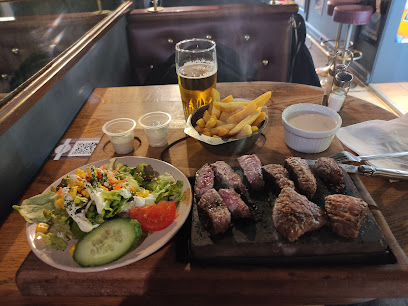
Io Roberto
Experience the unique flavors of Belgium at Io Roberto, where traditional recipes meet modern culinary artistry in Mons.
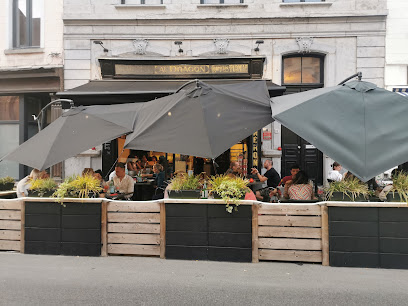
La Marmite de Simone
Experience the essence of Belgian cuisine at La Marmite de Simone in Mons - where local flavors meet cozy dining.
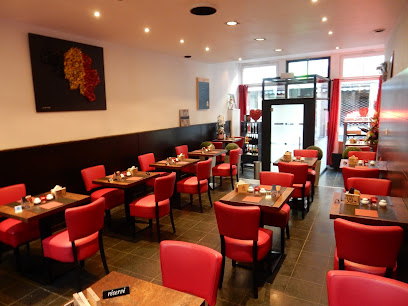
Markets, malls and hidden boutiques
Les Grands Prés
Discover the vibrant shopping experience at Les Grands Prés, Mons' premier shopping mall with diverse stores and delightful dining options.
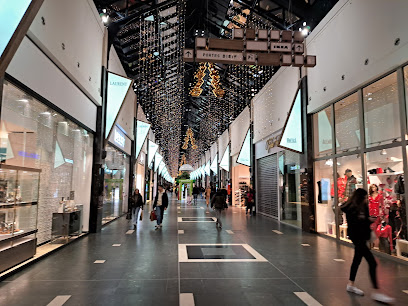
Shopping Wilson
Discover Shopping Wilson, Mons' premier shopping mall, offering a diverse selection of stores, dining options, and entertainment for every visitor.

NEW YORKER
Explore diverse fashion at NEW YORKER in Mons, where style meets affordability in clothing and accessories for everyone.
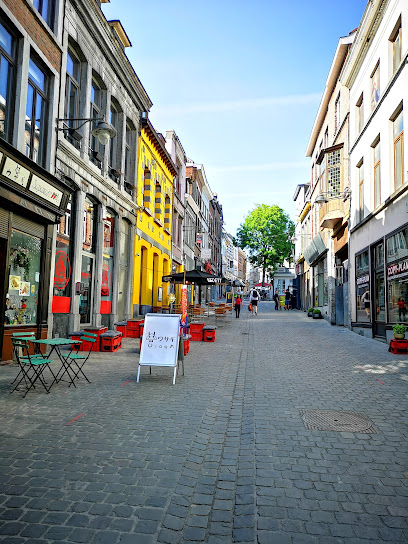
Mons Où Venir
Discover unique gifts and local treasures at Mons Où Venir, a charming gift shop in the heart of Mons, Belgium.
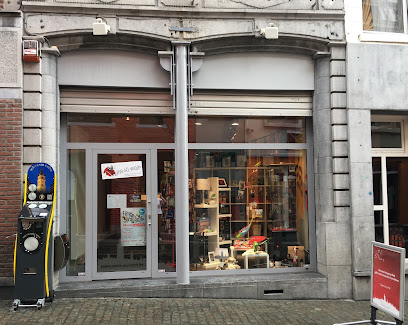
Carnaby Street
Explore unique vintage finds at Carnaby Street, Mons' premier destination for sustainable fashion and eclectic style.
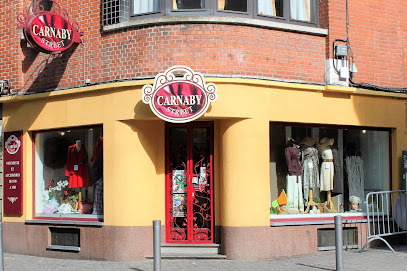
Levi's® Mons
Discover the ultimate fashion destination in Mons with Levi's® Mons, where quality denim meets cutting-edge style for all.
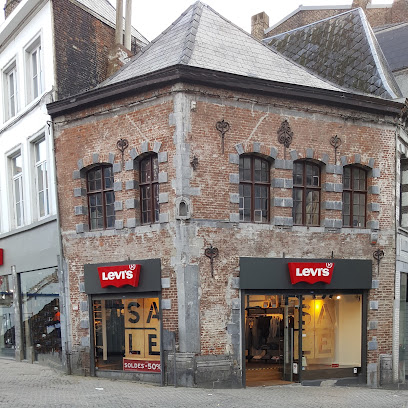
Veritas - Mons Shopping Grand Prés
Discover unique fashion accessories, children's clothing, and creative hobby supplies at Veritas in Mons Shopping Grand Prés.
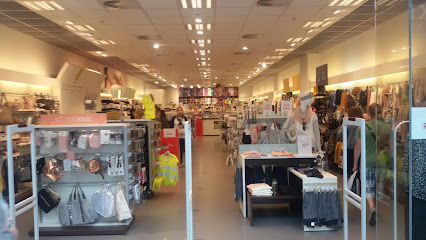
J&JOY Mons
Discover contemporary fashion at J&JOY Mons, where style meets quality in the heart of Belgium's vibrant city.
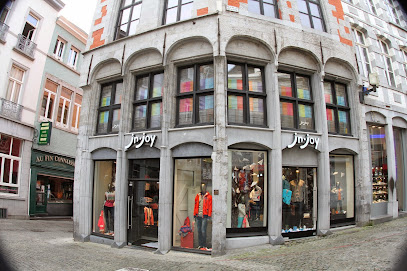
Stoemp - Mons - Skateshop
Explore the vibrant skate culture at Stoemp - Mons, your ultimate destination for skateboards and accessories in Belgium.
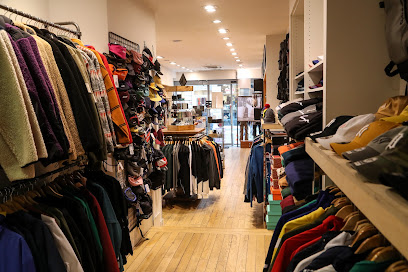
La Bazarine
Explore La Bazarine in Mons for unique home goods that blend style and quality, perfect for enhancing your living space.
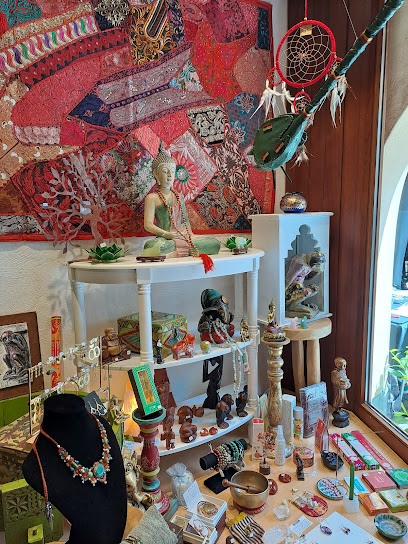
Tri-Bu
Explore Tri-Bu in Mons, Belgium - a stylish clothing and shoe store offering unique fashion finds and local designer pieces.

Hot Socks Vintage Shop
Explore Hot Socks Vintage Shop in Mons for a unique selection of retro clothing and accessories that celebrate the charm of bygone eras.
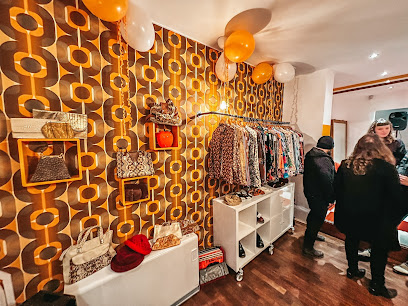
HOLLYWOOD
Explore Hollywood in Mons for a whimsical shopping experience filled with unique gifts and collectibles in a vibrant atmosphere.
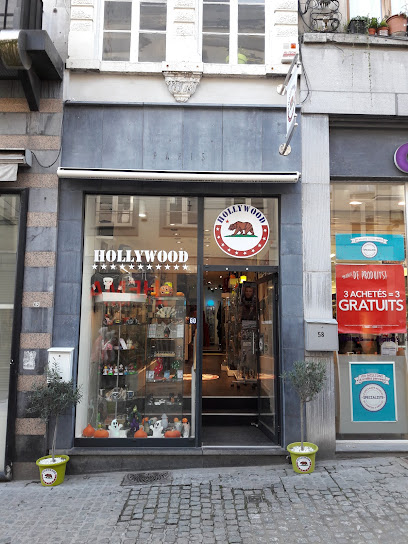
Créa'City
Discover handcrafted treasures and unique gifts at Créa'City, Mons' vibrant gift shop celebrating local artisans and creativity.
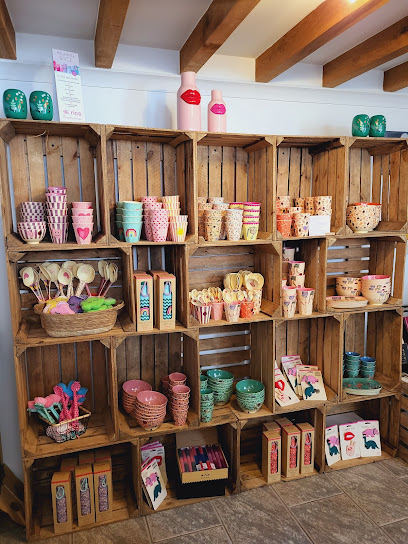
Bellaziza
Explore the charm of Mons at Bellaziza, a unique store offering local products and artisanal creations for the discerning traveler.
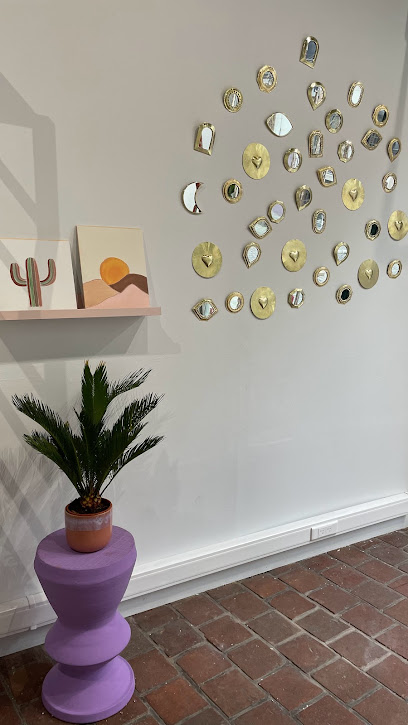
Essential bars & hidden hideouts
Citizen Fox
Experience the vibrant atmosphere at Citizen Fox, a unique bar and café in Mons, Belgium, offering a delightful selection of wines and cocktails.
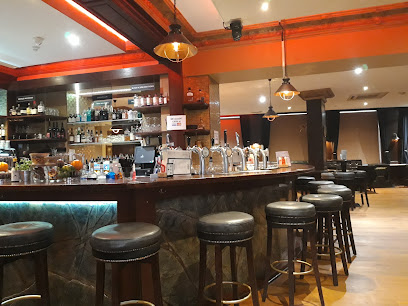
O'pub - Mons
Discover the vibrant spirit of Ireland at O'pub in Mons, where great food and drinks meet a lively atmosphere.
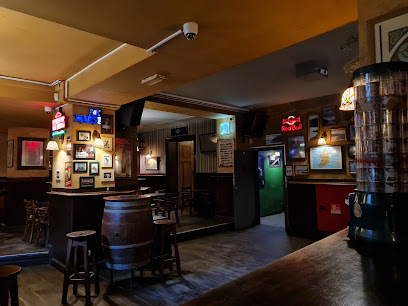
Tam-Tam Mons
Tam-Tam Mons: Dive into a Caribbean cocktail experience in the heart of Mons, where vibrant ambiance meets expertly crafted drinks.
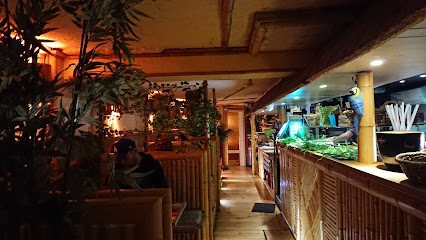
La vie est Belge
Discover the essence of Belgian culture at La vie est Belge, a charming bar in Mons offering a wide selection of beers and delightful local snacks.
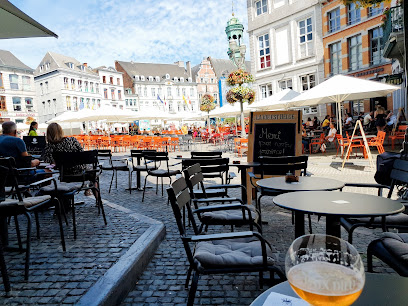
La Lorgnette
Experience the charm of Mons at La Lorgnette, a cozy bar and café offering delightful drinks and local flavors in a welcoming ambiance.
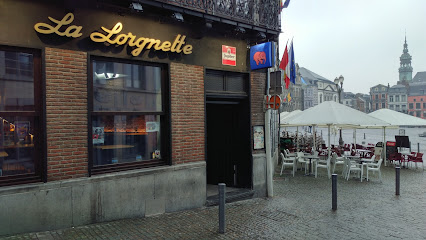
Mood bar
Discover the vibrant atmosphere of Mood Bar in Mons, where cozy meets lively, offering a perfect blend of relaxation and fun.
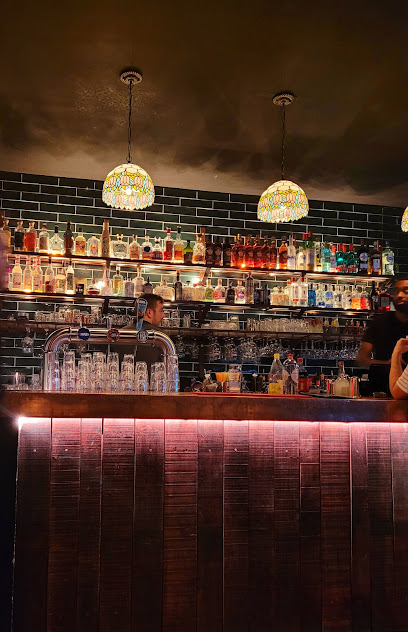
Hype Lounge Bar
Discover the vibrant atmosphere and diverse drink selection at Hype Lounge Bar in Mons, the perfect spot for relaxation and socializing.
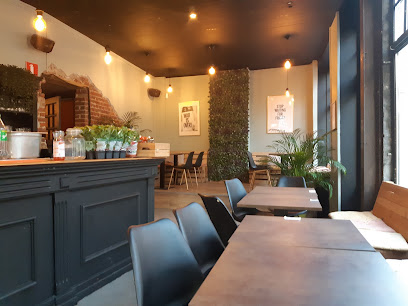
L'Atelier
Discover the vibrant atmosphere and exquisite drinks at L'Atelier, a must-visit bar in Mons, Belgium.
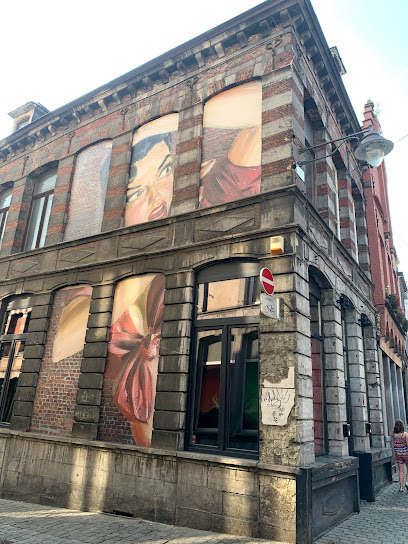
Cuba'r
Discover the lively atmosphere of Cuba'r in Mons, where Cuban and Tex-Mex cuisine come together for an unforgettable dining and nightlife experience.
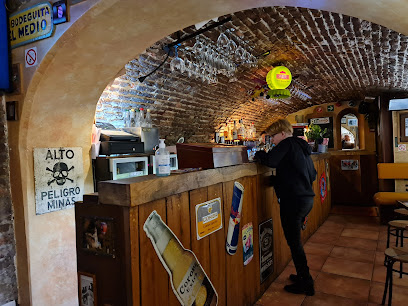
L'Alhambar
Discover L'Alhambar, Mons' stylish cocktail bar offering handcrafted drinks in a vibrant atmosphere perfect for relaxation and socializing.
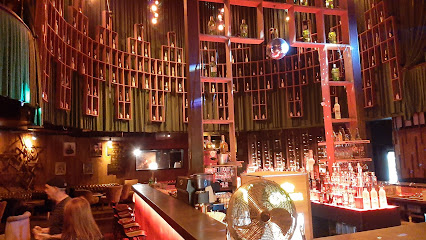
L'Ane Barré - Mons
Experience the vibrant nightlife of Mons at L'Ane Barré, a charming bar offering a wide selection of drinks and a lively atmosphere.
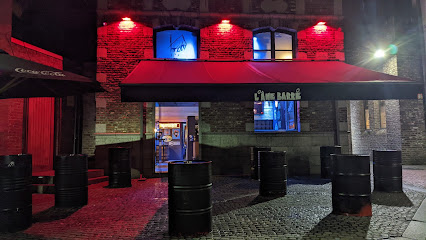
The Play - Mons
Experience the vibrant nightlife at The Play in Mons, where drinks flow, music plays, and memories are made in a lively atmosphere.
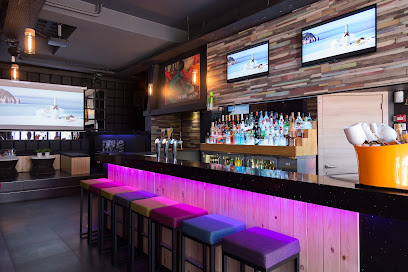
Golden Coach
Discover the vibrant atmosphere and exquisite flavors of Golden Coach, Mons' top bar and restaurant, perfect for a memorable dining experience.
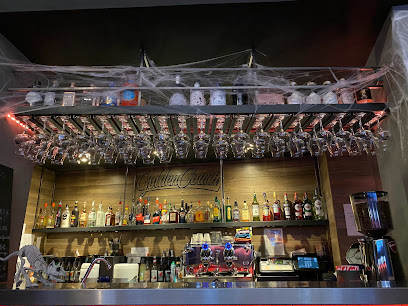
Ô Bar'Hik
Discover the charm of Ô Bar'Hik in Mons, where exquisite wines meet delightful tapas in a warm and inviting atmosphere.
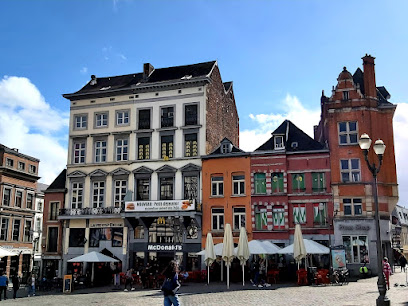
Baromètre MONS
Experience the vibrant atmosphere and local flavors at Baromètre MONS, your go-to bar in the heart of Mons, Belgium.
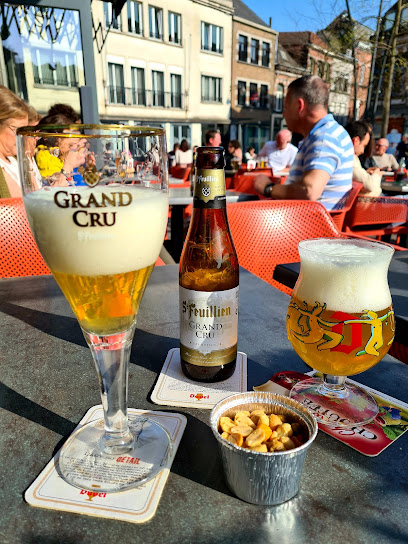
Local Phrases
-
- HelloBonjour
[bon-zhoor] - GoodbyeAu revoir
[oh re-vwar] - YesOui
[wee] - NoNon
[non] - Please/You're welcomeS'il vous plaît / De rien
[seel voo pleh / duh ryen] - Thank youMerci
[mehr-see] - Excuse me/SorryExcusez-moi / Désolé
[ehk-skew-zay mwa / day-zo-lay] - How are you?Comment ça va?
[ko-mohn sah va] - Fine. And you?Bien. Et toi?
[byen. ay twah] - Do you speak English?Parlez-vous anglais?
[par-lay voo ahn-glay] - I don't understandJe ne comprends pas
[zhuh nuh kohm-prahnd pah]
- HelloBonjour
-
- I'd like to see the menu, pleaseJe voudrais voir le menu, s'il vous plaît
[zhuh voo-dray vwahr luh muh-nyuh, seel voo pleh] - I don't eat meatJe ne mange pas de viande
[zhuh nuh mahnj pah duh vyand] - Cheers!Santé!
[san-tay] - I would like to pay, pleaseJe voudrais payer, s'il vous plaît
[zhuh voo-dray pay-ay, seel voo pleh]
- I'd like to see the menu, pleaseJe voudrais voir le menu, s'il vous plaît
-
- Help!Au secours!
[oh se-koor] - Go away!Allez-vous-en!
[ah-lay vooz-ahn] - Call the Police!Appelez la Police!
[ah-puh-lay lah po-lees] - Call a doctor!Appelez un médecin!
[ah-puh-lay uh may-deh-sahn] - I'm lostJe suis perdu
[zhuh swee pair-doo] - I'm illJe suis malade
[zhuh swee mah-lahd]
- Help!Au secours!
-
- I'd like to buy...Je voudrais acheter...
[zhuh voo-dray zah-shtay...] - I'm just lookingJe regarde juste
[zhuh ruh-gard zhust] - How much is it?Combien ça coûte?
[kohm-byen sah koot] - That's too expensiveC'est trop cher
[say troh shair] - Can you lower the price?Pouvez-vous baisser le prix?
[poo-vez voo bay-say luh pree]
- I'd like to buy...Je voudrais acheter...
-
- What time is it?Quelle heure est-il?
[kell er ay-teel] - It's one o'clockIl est une heure
[eel ay oon er] - Half past (10)Dix et demi
[dees ay duh-mee] - MorningMatin
[mah-tan] - AfternoonAprès-midi
[ah-pray-mee-dee] - EveningSoir
[swahr] - YesterdayHier
[yehr] - TodayAujourd'hui
[oh-zhoor-dwee] - TomorrowDemain
[duh-mahn] - 1Un
[uhn] - 2Deux
[duh] - 3Trois
[twah] - 4Quatre
[kat] - 5Cinq
[sank] - 6Six
[seez] - 7Sept
[set] - 8Huit
[wheat] - 9Neuf
[nurf] - 10Dix
[dees]
- What time is it?Quelle heure est-il?
-
- Where's a/the...?Où est...?
[oo ay...] - What's the address?Quelle est l'adresse?
[kell ay la-dress] - Can you show me (on the map)?Pouvez-vous me montrer (sur la carte)?
[poo-vez voo muh mohn-tray (soor la kart)] - When's the next (bus)?Quand est le prochain (bus)?
[kahn ay luh proh-shahn (bus)] - A ticket (to ....)Un billet (pour ....)
[uhn bee-yay (poor ....)]
- Where's a/the...?Où est...?
History of Mons
-
Mons, located in the Walloon region of Belgium, has roots dating back to the Neolithic period. The area was first settled by the Nervii, a Belgic tribe, before becoming a Roman settlement known as Castrum Cuesmes. This early establishment laid the groundwork for the city's long and vibrant history.
-
During the Middle Ages, Mons flourished as a key trading hub. It became the capital of the County of Hainaut, a significant feudal territory. The construction of the Collegiate Church of Sainte-Waudru in the 15th century underlined Mons' importance. This Gothic masterpiece still stands today, showcasing the city's medieval architectural prowess.
-
The late 17th century was a turbulent period for Mons, marked notably by the Siege of Mons in 1691 during the Nine Years' War. The city was besieged by French forces under the command of King Louis XIV. Despite a formidable defense, Mons fell to the French, signifying a major shift in control and influence in the region.
-
The 19th century brought industrialization to Mons, transforming it into a bustling center for coal mining and steel production. This era of economic prosperity drew workers from across Europe, contributing to the city’s diverse cultural tapestry. The Grand-Hornu mining complex, a UNESCO World Heritage site, stands as a testament to this transformative period.
-
Mons is historically significant for the Battle of Mons, the first major engagement between British and German forces during World War I, occurring in August 1914. Although the British Expeditionary Force was eventually forced to retreat, their resistance had a lasting impact on the war's early stages. The St. Symphorien Military Cemetery near Mons serves as a poignant reminder of this conflict.
-
Mons again found itself at the heart of conflict during World War II. In September 1944, the city was liberated by American forces during the Western Allies' advance into German-occupied Belgium. This liberation is commemorated annually, highlighting Mons' resilience and strategic importance during global conflicts.
-
Mons was designated as the European Capital of Culture in 2015, sparking a cultural renaissance. This recognition led to a surge in artistic and cultural activities, with numerous festivals, exhibitions, and performances enhancing the city's vibrant cultural scene. The opening of the Mons Memorial Museum and the renovation of historic sites have further cemented Mons' status as a cultural beacon.
Mons Essentials
-
Mons, located in the Walloon region of Belgium, is easily accessible by various means of transportation. The nearest major airport is Brussels Airport (BRU), located approximately 70 kilometers away. From the airport, you can take a direct train to Mons, which typically takes about an hour. Alternatively, you can opt for a taxi or rental car from the airport. Mons is also well-connected by train to other major Belgian cities such as Brussels, Bruges, and Antwerp, making it easy to reach by rail.
-
Mons is a compact city, and many of its attractions are within walking distance. For longer distances, the city offers an efficient public transport system, including buses operated by TEC (Transport en Commun). Taxis are also available and can be hailed on the street or booked in advance. For those who prefer cycling, Mons has several bike rental services. If you plan to explore the surrounding areas, renting a car is a convenient option.
-
The official currency in Belgium is the Euro (€). Credit and debit cards are widely accepted in hotels, restaurants, and shops throughout Mons. ATMs are plentiful and can be found in most parts of the city, so withdrawing cash is usually straightforward. However, it is always good to have some cash on hand, especially for smaller establishments or market purchases.
-
Mons is generally considered a safe city for tourists. However, like any urban area, it is advisable to take standard precautions. Avoid walking alone at night in poorly lit areas and keep an eye on your belongings, especially in crowded places such as markets and public transport. While Mons does not have specific high-crime areas targeting tourists, it is always best to remain vigilant.
-
In case of an emergency, dial 112 for immediate assistance, which is the emergency number for police, fire, and medical services in Belgium. Mons has several hospitals and clinics, including CHU Ambroise Paré, which provides comprehensive medical care. Pharmacies are also readily available for minor health issues. It is recommended to have travel insurance that covers medical emergencies.
-
Fashion: Do dress smart-casual when dining out or visiting cultural sites. Avoid overly casual attire such as flip-flops or beachwear in urban settings. Religion: Do respect local customs, especially when visiting churches. Dress modestly and stay quiet inside religious buildings. Public Transport: Do validate your ticket before boarding buses. Don't eat, drink, or speak loudly on public transport. Greetings: Do greet people with a handshake. Always say 'Bonjour' (Good day) or 'Bonsoir' (Good evening) when entering shops or restaurants. Eating & Drinking: Do try local specialties like 'Moule-frites' and 'Tarte au riz'. Don't rush meals; dining is a leisurely activity in Belgium.
-
To experience Mons like a local, visit the weekly market at Grand-Place on Friday mornings where you can buy fresh produce and local products. Engage with the locals, who are often friendly and willing to share information about the city's history and culture. Don't miss out on visiting the Belfry of Mons, a UNESCO World Heritage Site, and enjoying a stroll through the beautiful Parc du Waux-Hall. For a unique gastronomic experience, try some of the local beers and cheeses at a traditional Belgian brasserie.
Trending Landmark in Mons
Nearby Cities to Mons
-
Things To Do in Tournai
-
Things To Do in Brussels
-
Things To Do in Louvain-la-Neuve
-
Things To Do in Aalst
-
Things To Do in Kortrijk
-
Things To Do in Namur
-
Things To Do in Lille
-
Things To Do in Ghent
-
Things To Do in Dinant
-
Things To Do in Leuven
-
Things To Do in Mechelen
-
Things To Do in Ypres
-
Things To Do in Antwerp
-
Things To Do in Bruges
-
Things To Do in Durbuy













